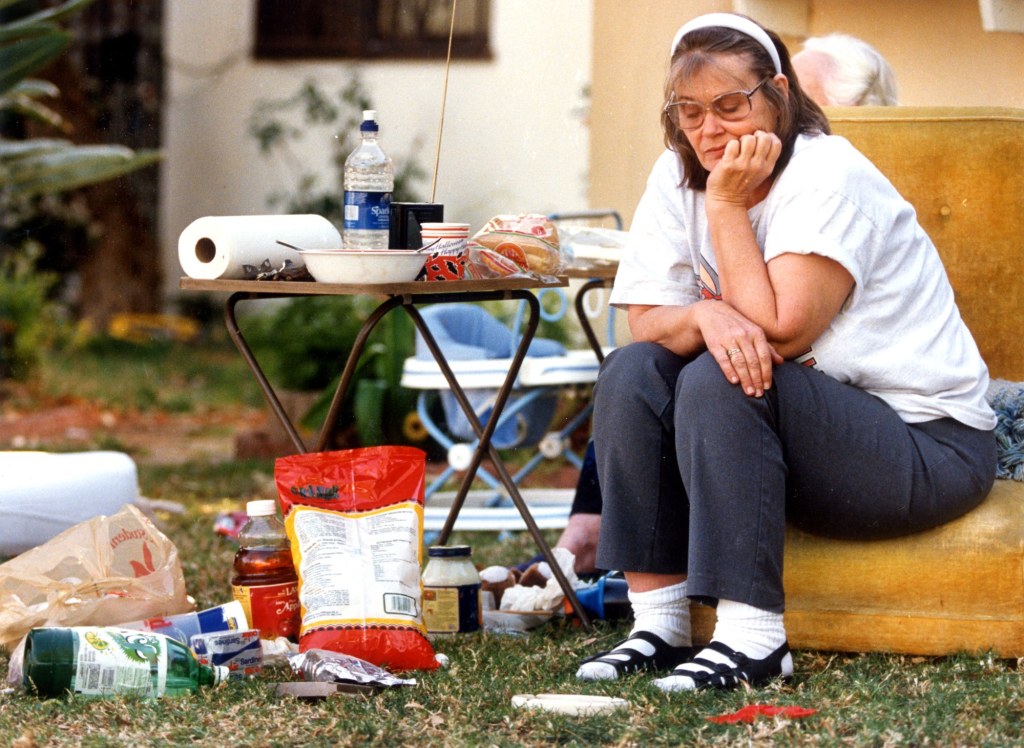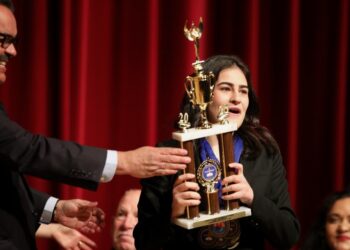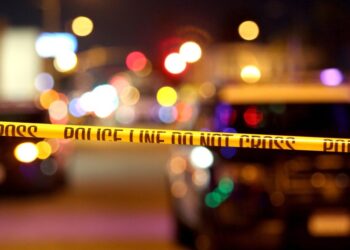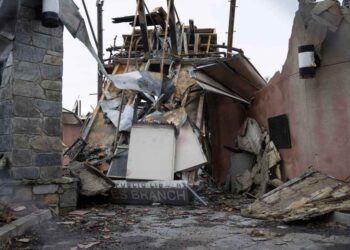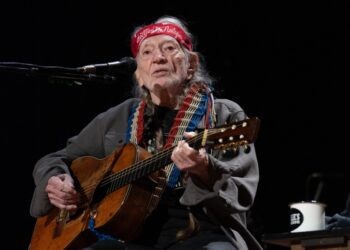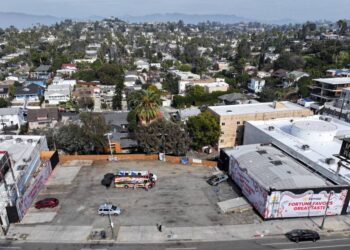Nighttime was the worst. The cold darkness and fear of not knowing what was coming next.
“You can’t get through here, the street’s closed,” the cop yelled as I turned onto Reseda Boulevard at 4 a.m. the morning after a 6.7 earthquake put the San Fernando Valley on the front page of every newspaper in the country.
I flashed my press pass and he waved me through. “Be careful,” he said. “There are downed power poles and chunks of concrete and glass everywhere. Drive slow.”
Armed National Guard troops were at every major intersection. Were they expecting looting? Or were they there to protect the people I wanted to talk to living on the residential streets around the Northridge Mall, near the epicenter of the quake.
The same people sitting in lawn chairs now — two hours before sunrise — around a campfire in the middle of their street talking in whispers so they wouldn’t wake their scared, young children sleeping only a few feet away in pup tents.
Block after block, people camped outside, afraid to go back inside their structurally damaged homes. The aftershocks were coming. They couldn’t risk it.
“Are you a reporter?” a woman asked, noticing me scribbling in my notepad. “Yes, for the Daily News,” I replied.
I’d covered enough disasters to know what was coming next. Nobody looks for comfort from a reporter. Most feel anger that we have the gall to attach ourselves, like leeches, to people at the most vulnerable times in their lives — just for a story.
But, she didn’t yell or tell me to leave; instead she thanked me.
“I just went to my driveway and your paper was there,” she said. “I thought nothing would be the same again for a long time, but there was your paper on my driveway, just like it was every other morning.
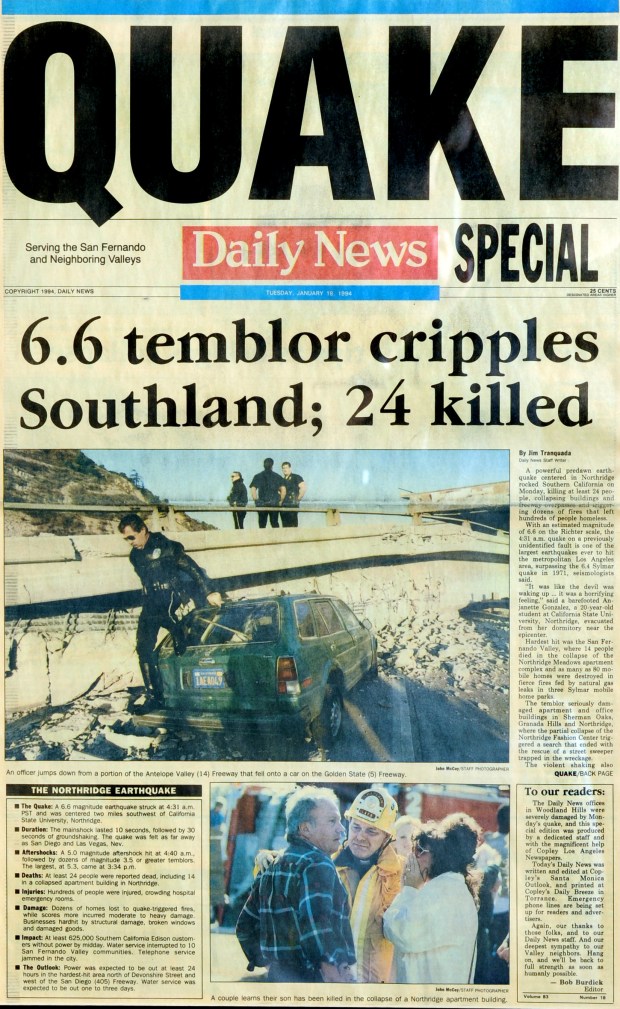
“It gave me hope. We were going to get through this,” she said.
The truth was we barely got the paper out that morning, and it was only four pages, but it didn’t matter. It was there. The power of…
Read the full article here

